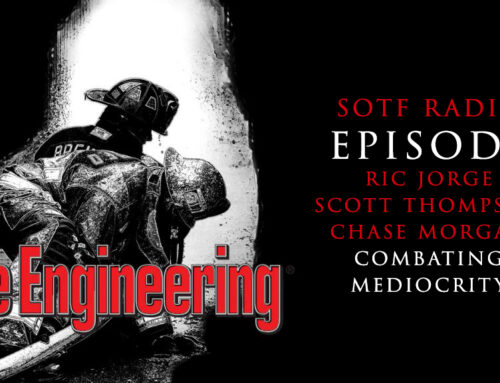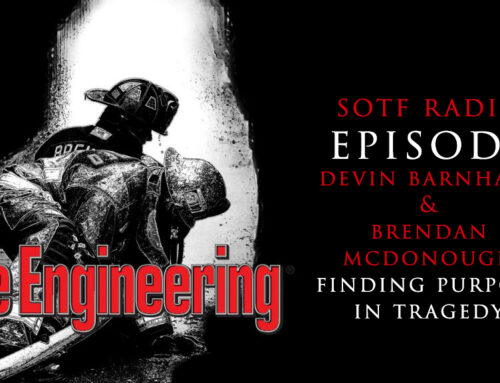The goal of this study was to determine what effect obese body weight and a burn injury can have on the metabolism of glucose and lipids in rats. We used a 3*3 factorial model design to provide basic glucose and lipid metabolic data characterizing the interaction between different weight and burn injury groups. Two hundred Sprague Dawley (SD) rats were categorized into three weight groups (normal, overweight, obese) and then further divided into control, second degree, and third degree burn groups. Our model compared interactions between weight and burn injury factors according to the above groups. Blood glucose and lipid metabolism indicators were monitored on the 1st, 3rd, 7th and 14th days after burn injury occurred, and burned skin and blood samples were collected for testing. Compared with the normal weight group, the overweight group’s fast blood glucose (FBG), fast insulin (FINS) and homeostasis model assessment of insulin resistance (HOMA-IR) were higher (P<0.05), and FBG in the obese group was higher than the normal weight group (P<0.05).Burn injuries combined with obese body weight had an interactive effect on FBG, FINS and HOMA-IR after burn injury (P<0.05). Burn injury combined with obese body weight had an interaction on low density lipoprotein cholesterol (LDL-C) on the 3rd day after burn injury (P<0.05). Burn injury combined with obese weight had no interaction on triglyceride (TRG), total cholesterol (TC) and high density lipoprotein cholesterol (HDL-C) (P>0.05).Rats in the overweight and obese weight groups were observed to develop an adaptation and tolerance to a higher metabolic rate after burn injuries occurred.




